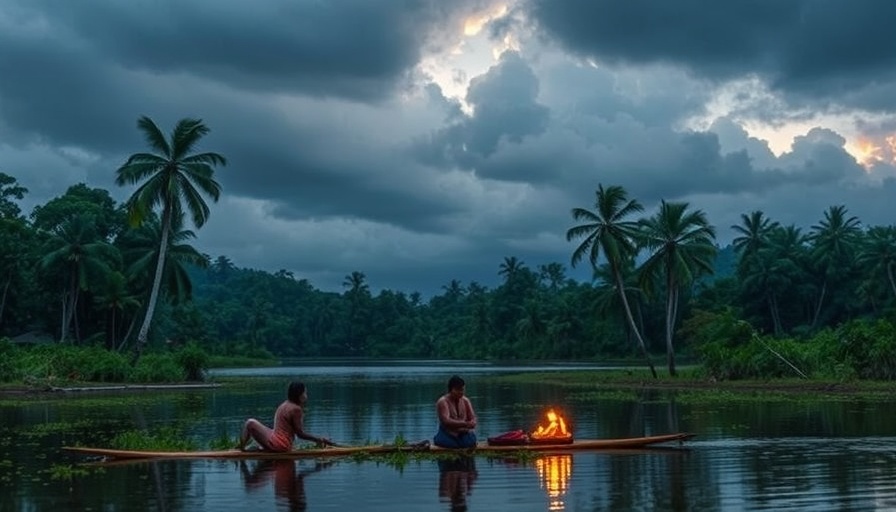
The Amazon's Sacred Tradition: A Double-Edged Sword
The jungles of the Amazon are often viewed as a mystical paradise, a haven of vibrant flora and fauna, but beneath this enchanted exterior lies a growing concern over the commercialization of spiritual healing practices. The Waska, a traditional healing ceremony meant to reconnect individuals with nature and their inner selves, has been gaining popularity among tourists. This trend raises important questions: What is the real cost of this spiritual journey?
Understanding the Spiritual Marketplace
As the allure of Amazonian shamanism spreads, so does the monetary worth of these rites. Tourists eager for healing and enlightenment are often met with hefty price tags, sometimes reaching thousands of dollars for a single session. This shift transforms sacred rituals into commodified experiences, raising ethical concerns about the exploitation of indigenous cultures.
The Impact on Indigenous Communities
For many indigenous practitioners, the influx of outsiders seeking healing offers both opportunities and challenges. While it can provide a source of income, it risks diluting cultural significance. The authentic practices they hold dear may be overshadowed by a growing demand for more accessible, tourist-friendly versions of their ceremonies.
A Call for Respect and Understanding
As we engage with spiritual practices from different cultures, understanding their origins and meanings becomes crucial. Appreciating the deep connection to nature many indigenous communities have can foster a respectful exchange rather than one skewed by the harsh realities of commercialization. We must ensure that the value of such traditions isn’t measured solely in dollars, but in the life lessons they impart.
 Add Row
Add Row  Add
Add 




Write A Comment